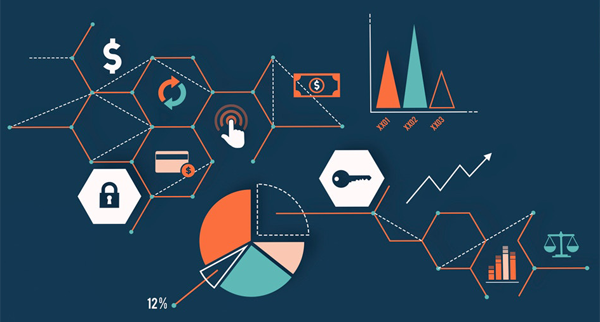Lack of knowledge, unavailability of regulatory body among reasons for curtailed growth of blockchain technology
Blockchain technology is still in its nascent form in India. For a lot of industries in the country, it is still a concept that is yet to be understood.
As per a report released by Nasscom last year, titled ‘NASSCOM Avasant India Blockchain Report 2019’, majority of the mid- and large-service providers have less than 5 per cent of blockchain projects in India, which is low when compared to their projects in other geographies such as North America and Europe. Even among blockchain start-ups, while venture capital investments worldwide were as high as $5.6 billion, India was able to attract only 0.2 per cent of them. Furthermore, India accounted only for about 2 per cent of all the blockchain start-ups, globally.
Key challenges
“The lack of knowledge and understanding are the primary challenges in the adoption and growth of blockchain technology. There are also misconceptions that blockchain will be replacing the current systems. However, the truth is that it gets integrated in the existing systems and takes them to the next level of efficiency,” said Kumar Gaurav, Founder and CEO, Cashaa, commenting on aspects that are hampering the growth of blockchain technology in the country.
Blockchains are essentially digitised blocks of information connected in a network. Each member in the network will get a copy of the entire set of transactions stored in the blockchain. This way, even if one or several systems in the network fail, the original records stored in the system will remain intact. Thereby, the technology is transparent, prevents data loss and ensures a high degree of security in its operations.
Normally, blockchain technology is linked to cryptocurrency, but it can be used to bring tremendous value to several industries such as banking and finance, healthcare, supply chain or real estate.
In India, blockchain solutions have found the most takers in banking, financial services and insurance industry. But the public sector has also been actively using this technology for use cases such as land title registry, vehicle lifecycle management, farm insurance and electronic health record management.
PwC’s Time for trust, a report on blockchain released in October this year, estimated that in 2030, blockchain could boost global GDP by $1.76 trillion.
The PwC report also stated that blockchain solutions that provide provenance and traceability – that help firms verify the source of goods and track their movement in supply chains – will have the highest impact ($41 billion) in India, in 2030. This is followed by solutions for securitisation and payments (at $13.2 billion) and applications that can protect one’s identity, certificates, documents and credentials stored online and prevent identity theft (at $5 billion).
Contribution to economy
Data from the report showed that blockchain’s overall contribution to the Indian economy is projected to surge to $62.2 billion in 2030. But this number is less than one-sixth of what it will be in the US and China.
“Both China and US are competing to innovate with the use of blockchain and at the moment it looks like China is taking the lead. For example, China has a blockchain policy and even a state-sanctioned blockchain infrastructure project called Blockchain-Based Service Network (BSN). Whereas, India currently lacks any such project or policy,” Ashish Singhal, CEO and Co-Founder, CoinSwitch Kuber.
Nischal Shetty, CEO, WazirX, said industrial participation is very low in India in crypto/blockchain technology, and regulatory uncertainty is the biggest hurdle in that, adding, “Many new and top Indian tech giants would need regulatory clarity before participating in a nascent industry like blockchain. Regulation will certainly help the ecosystem in India.”
This article has been published from a wire agency feed without modifications to the text. Only the headline has been changed.













